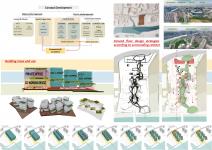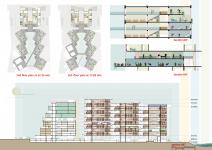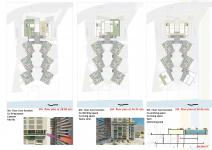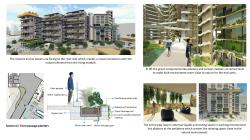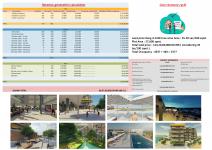For the millennial population, job mobility is the primary priority and homeownership is secondary. Homeownership is a decision postponed for later stages of life until they are well settled in their jobs and family life.
For students pursuing higher education, fresh graduates, single women, bachelors, and double income no kids (DINK) couples, homes are transitory commodities that can be upgraded as they move on in life.
Analysis of the motivations on why the millennial entered the gig-economy revealed that this was because of the perceived advantages, in particular, flexibility, rather than the lack of alternatives.
A headache-free lifestyle choice consisting of a well-maintained rental property is how the millennial housing requirement has evolved over the last few years.
Coupled with the prohibitive costs of purchasing a house in any of the big metropolitan cities of NCR, Mumbai, Bengaluru, or Pune, renting is the only affordable option. But the demands from the rental accommodations available have grown exponentially with lifestyle changes and technological disruptions.
Those staying in rented accommodations often have to compromise on staying closer to the workplace in order to keep monthly rental payments low as most central locations or apartments near employment hubs have become expensive to afford in key urban centers.
The most recent and simple definition of a live-work-play concept is a development that has a variety of housing, is close to local companies where the community works, and provides recreational outlets for eating and entertainment.
Thesis Aim :
The aim is to provide a better work-life model through architecture intervention for enhancing the living standers and work productivity for the Millennial Population. It helps to increase the balance between the way they live and work within one place.
Research Methodology :
The foundation for this thesis has been literature studies, delving deeper into the traditional way of working and living issues to make context and find what problem to address with this work. By reading surveys and reports about how young adults want to live, broader and more statistically accurate knowledge is collected and analyzed. The basic idea is to derive a program, which is based on an analysis of their problem and its solution.
Site Identification :
In India, Metropolitan and cosmopolitan cities are the most preferred location for the age 18-35 age group. Primary factors considered for this study include easy connectivity and job opportunities.
Pune has traditionally been acknowledged as the seat of higher learning and Maratha culture in all of Maharashtra. Over the last 20 years or more, the city has become increasingly cosmopolitan, attracting students from across India to its reputed university and colleges, earning it the epithet of the ‘Oxford of the East.
Pune has also emerged as a major automobile and IT hub and thereby offers ample job opportunities to qualified professionals from across India.
Conclusion :
Changing social and work habits are forcing the definition of mixed-use to evolve.
Mixed-use is no longer a residential block with an afterthought addition of a basic retail offer. Instead, forward-thinking businesses and developers are realizing not only the need to provide a comprehensive mixed-use offer but the financial, social, and practical benefits of doing so.
Mixed-use developments – which combine different land uses such as residential,
commercial and leisure in one area in a single building or larger neighborhood
development – provide an obvious opportunity to meet these needs and are quickly
becoming a staple product in cities and suburban communities globally.
More importantly, it sets the stage for residents to live, work and play all within
their immediate surroundings.
Proposed building typology will become the significant example for any metropolitan
and cosmopolitan cities where the migration rate is high, the student population is more
and catalyzing cities for the millennial generation like Pune, Bangalore, and Ahmedabad
etc. in India.
2020
2021
Site Area: 27,600 Square meters.
Core functions and structural detail :
Live - Co-living Modules ( skeleton-infill Construction method)
Work - Co-working space ( Conventional construction method)
Play - All supportive leisure amenities and utilities
Focused design aspects :
Urban
Architecture
Landscape
Interior
Project economics
The project has been seen from the developer's perspective in the real estate sector.
Project economics and Revenue generation are calculated.
Cost figures and numbers are in INR (Indian Rupees)
Jash A. Gajjar
Supervisor :
Prof. Snehal Shah




